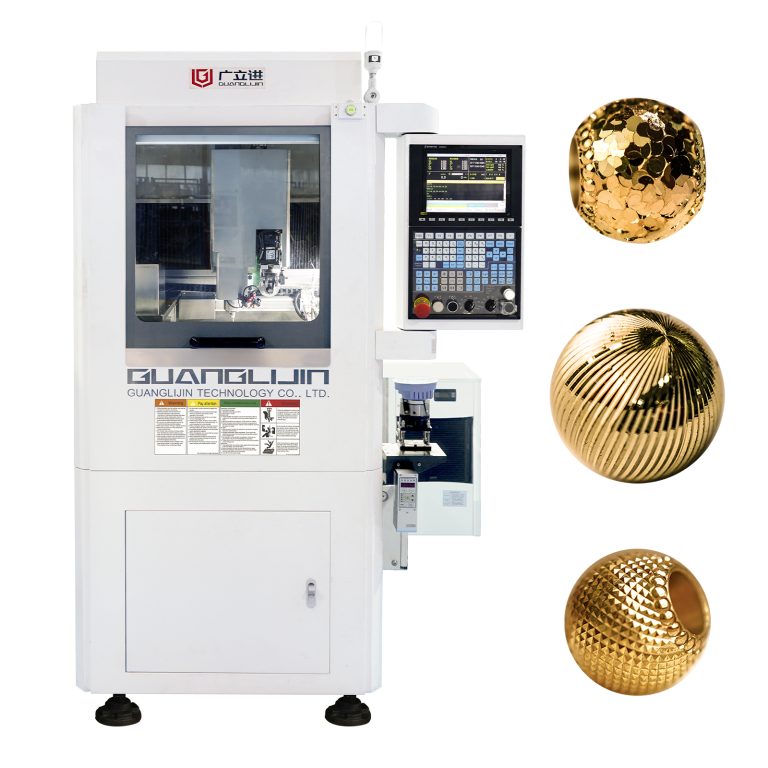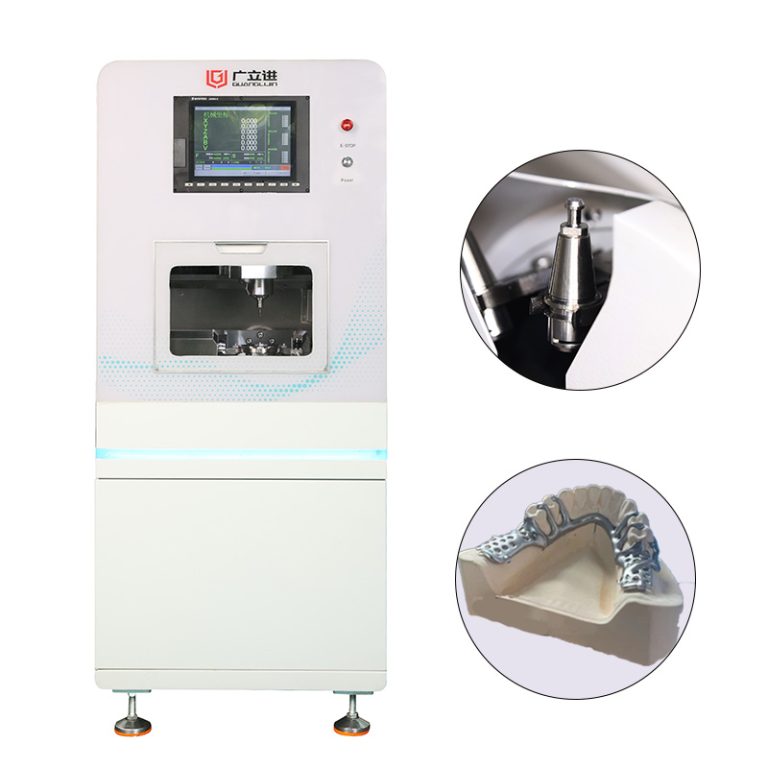How to Choose CNC Machine Controllers for Smooth Operations?
The Hidden Challenges in CNC Controller Selection
Selecting the right CNC machine controller can make or break your production line. Surprisingly, 42% of machine downtime stems from controller-mismatch issues (Modern Machine Shop, 2023). We discovered this the hard way when our 2023 retrofit project faced unexpected compatibility problems.
But here’s the good news: With proper guidance, you can avoid these pitfalls. Let’s explore what really matters for seamless operations.
Critical Features Comparison
| Factor | High-End Controllers | Budget Options |
|---|---|---|
| Vibration Control | Advanced algorithms | Basic damping |
| Software Updates | Automatic | Manual |
| Error Recovery | Self-correcting | Operator intervention |
Interesting fact: The most expensive CNC machine controllers aren’t always the best fit. Sometimes mid-range units offer better value for specific applications.
5-Step Selection Process
A Practical Guide to Decision Making
- Assess your machining needs (materials, tolerances, batch sizes)
- Verify machine compatibility – check voltage and communication protocols
- Test the user interface – complicated HMI slows down operators
- Evaluate support networks – local technicians matter more than you think
- Consider future expansion – can it handle additional axes?
Pro tip: Always ask for reference cases from manufacturers. Real-world performance often differs from lab tests.
Common Pitfalls in Controller Selection
⚠ Warning: These mistakes cost manufacturers an average of $18,000 annually (IMTS Survey):
- Choosing based solely on brand reputation
- Ignoring thermal stability specifications
- Overlooking software update costs
Counterintuitively, some “outdated” controllers actually perform better for certain legacy machines. Newer isn’t always better.
Success Story: Automotive Parts Manufacturer
When Acme Auto switched to modular CNC control systems, their changeover time improved by 35%. The secret? Standardized programming across all machines.
However, this approach might not work for job shops. The key is matching the controller architecture to your workflow.
Pre-Purchase Checklist
- □ Verified spindle compatibility
- □ Confirmed I/O point requirements
- □ Assessed programming staff skills
- □ Calculated total cost of ownership
- □ Planned for future upgrades
Frequently Asked Questions
What’s the most reliable CNC machine controller brand for heavy-duty machining?
For industrial applications, Siemens and Fanuc lead in reliability, but Heidenhain offers excellent precision for mold making.
How important is CNC controller processing speed for aluminum parts?
For aluminum, look for at least 1GHz processors – but feed optimization algorithms matter more than raw speed.
Can I use a desktop CNC controller for production work?
Not recommended. Industrial CNC control systems have better heat dissipation and vibration resistance for continuous operation.
What controller features reduce machining chatter?
Adaptive speed control and real-time load monitoring significantly reduce chatter – look for these in your CNC machine controller.
Is it worth buying used CNC controllers?
Sometimes, but always verify firmware update availability. Obsolete controllers become paperweights when machines upgrade.




